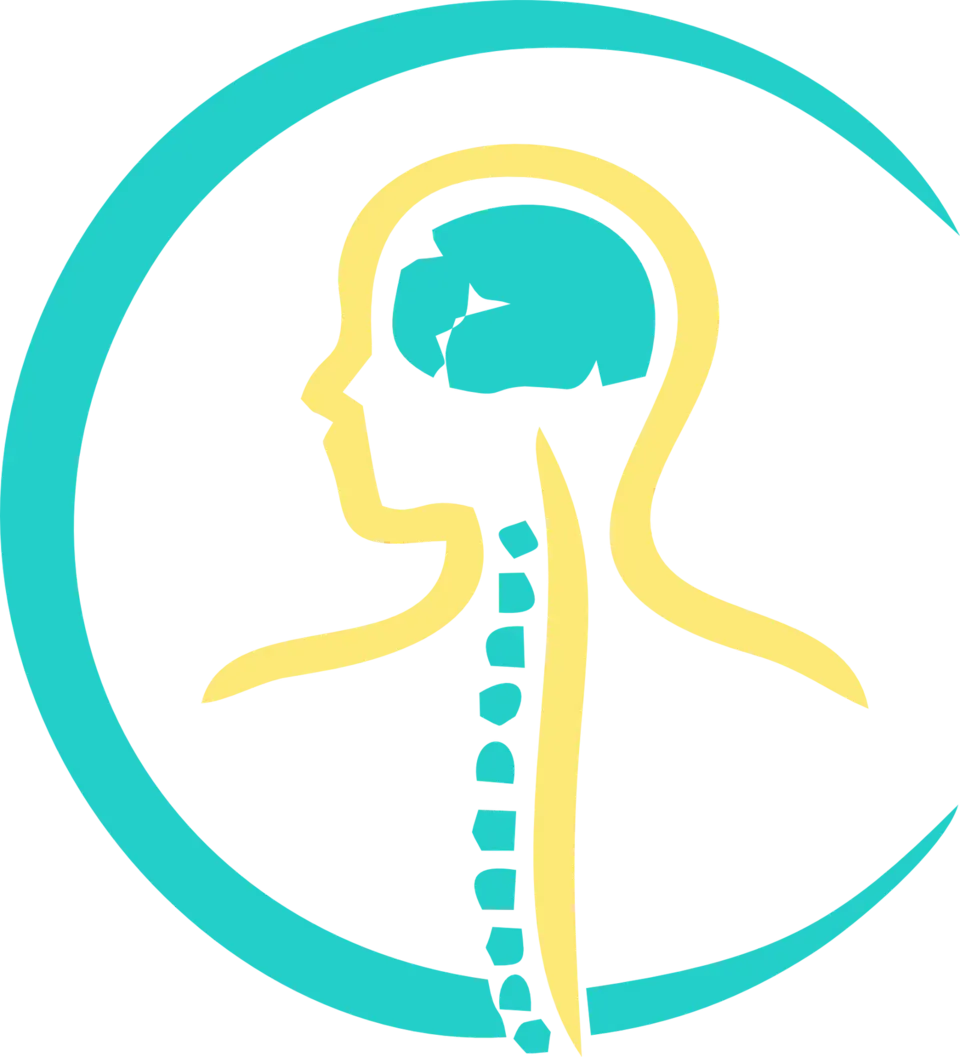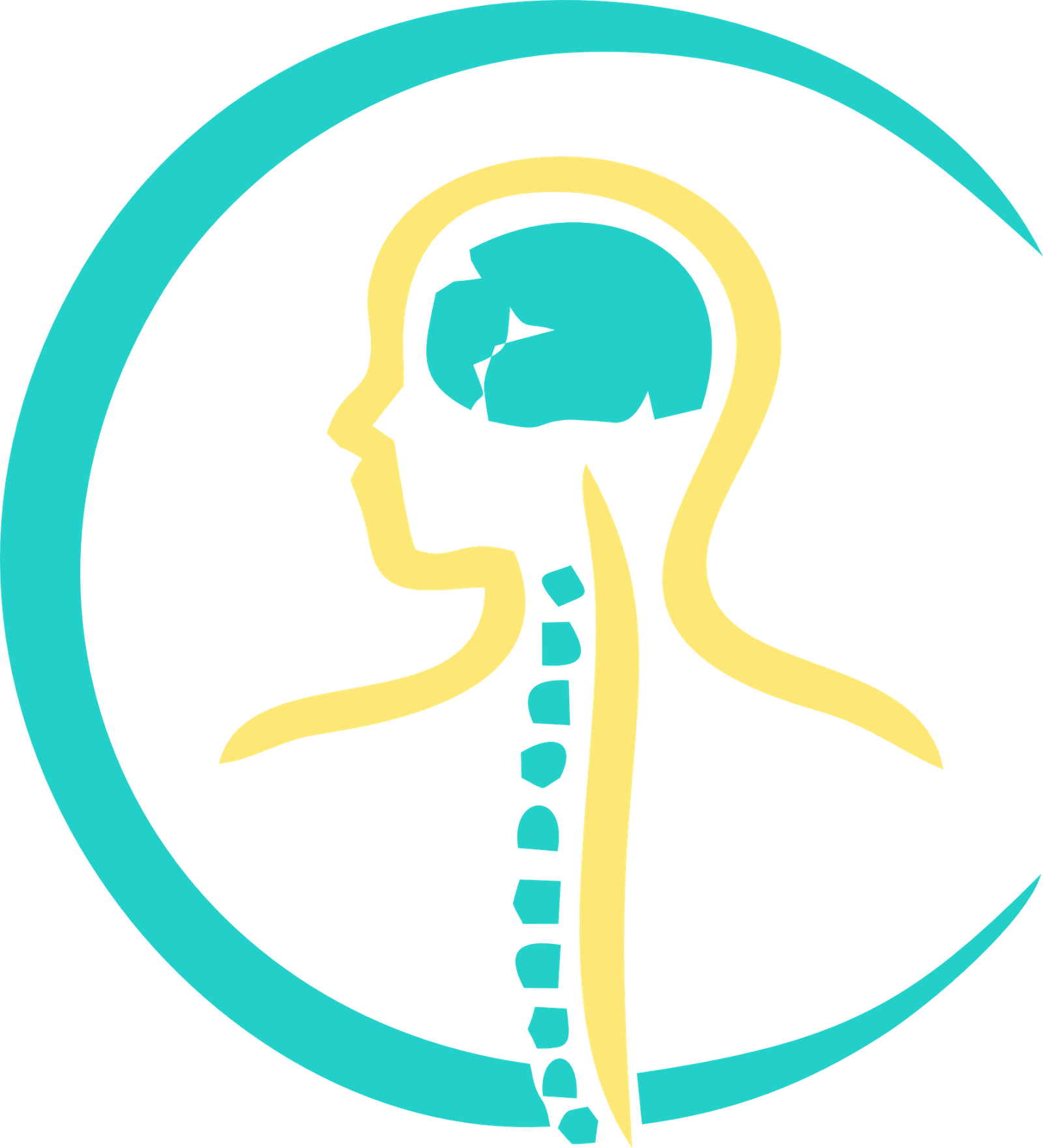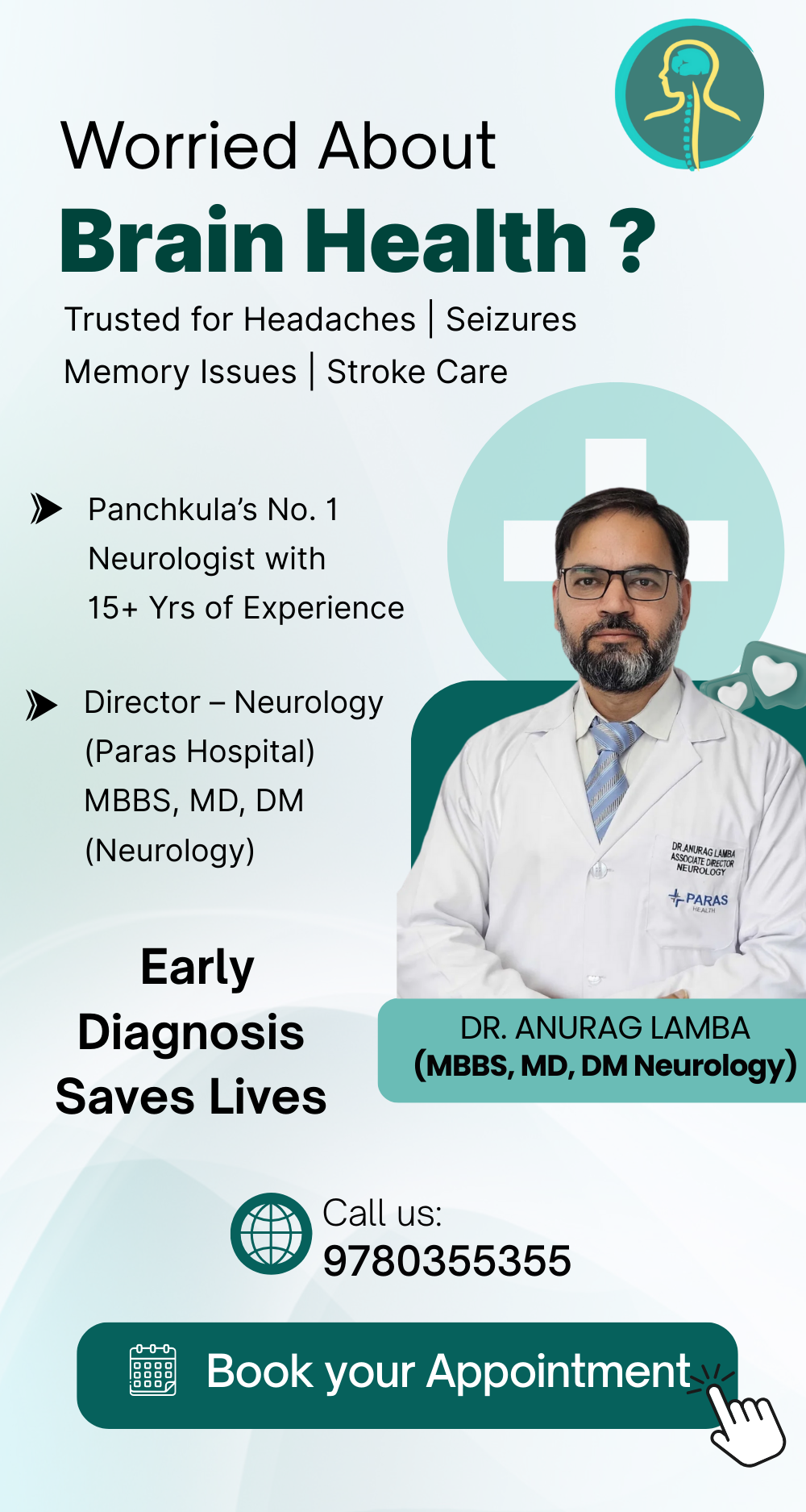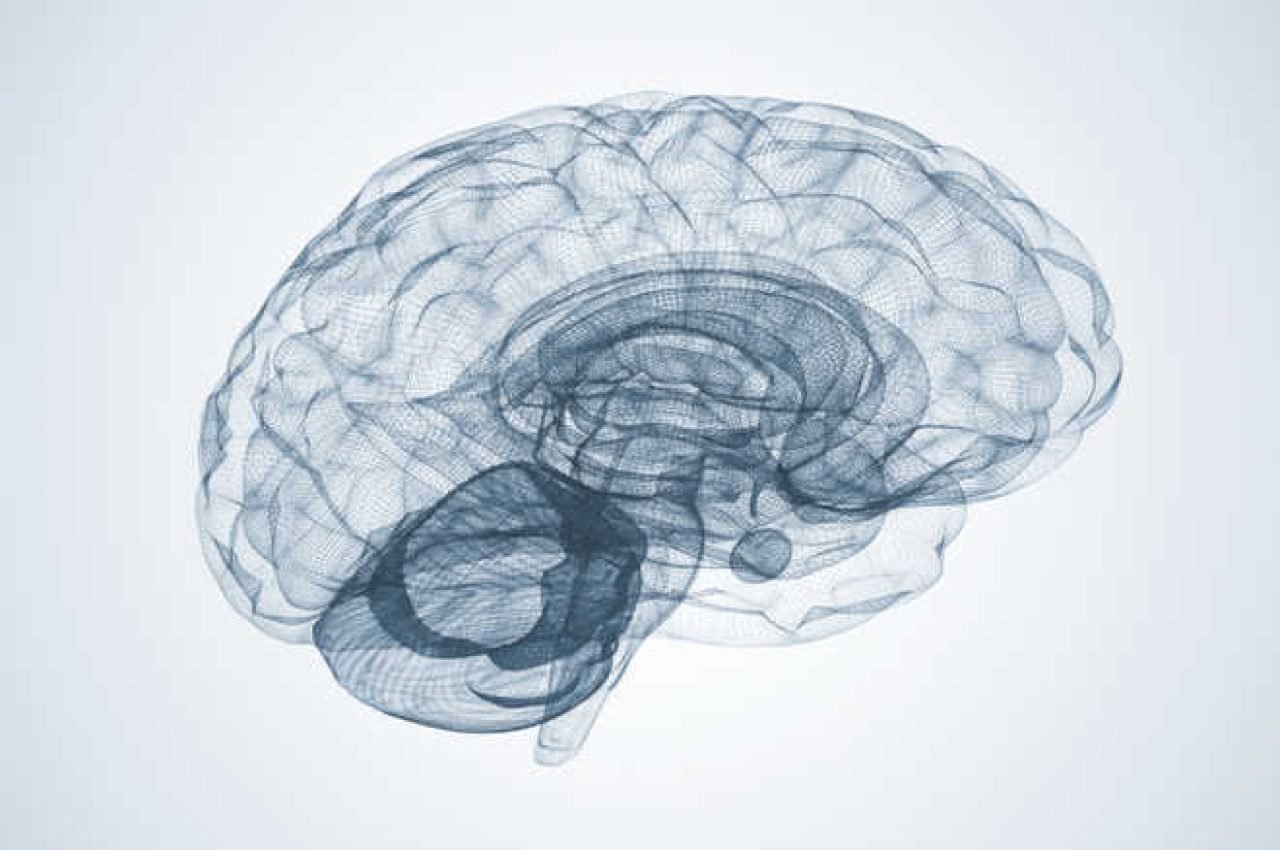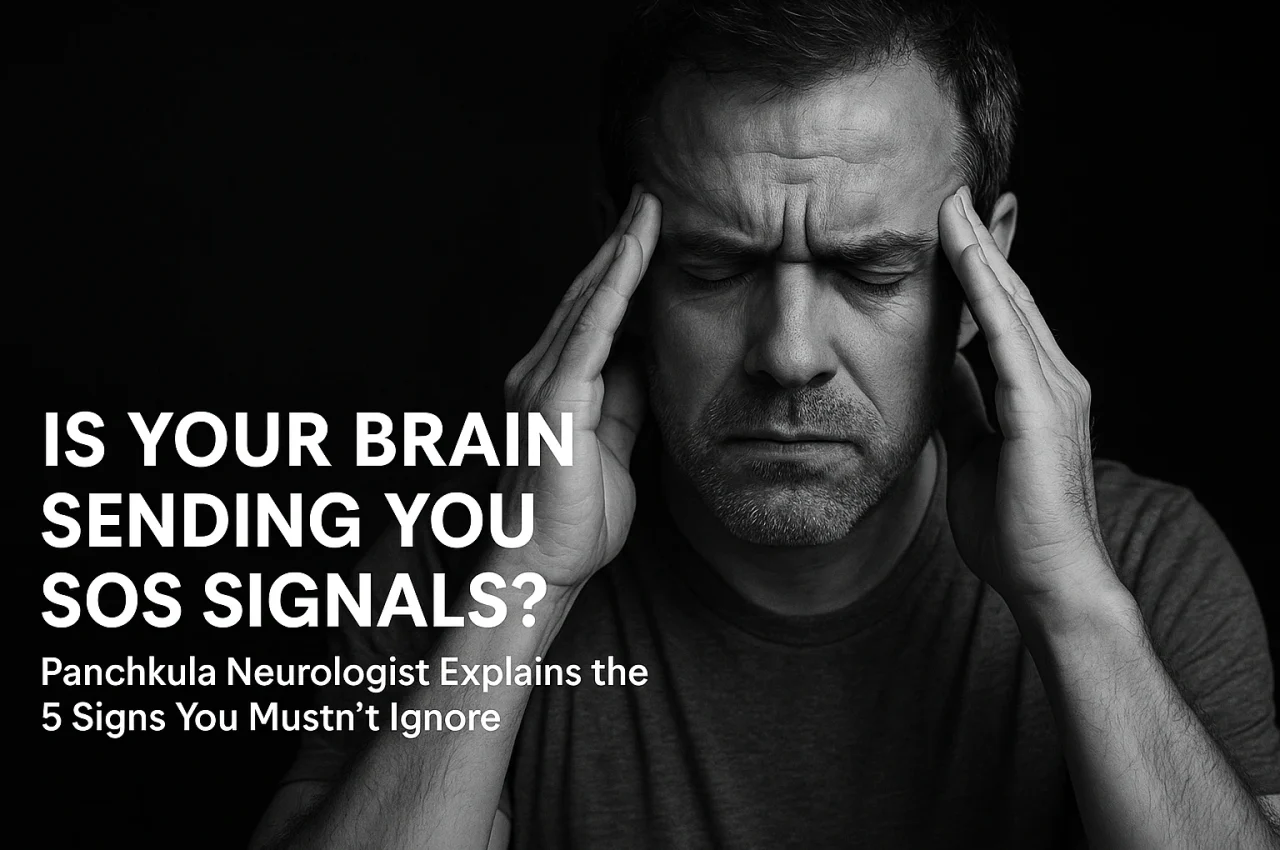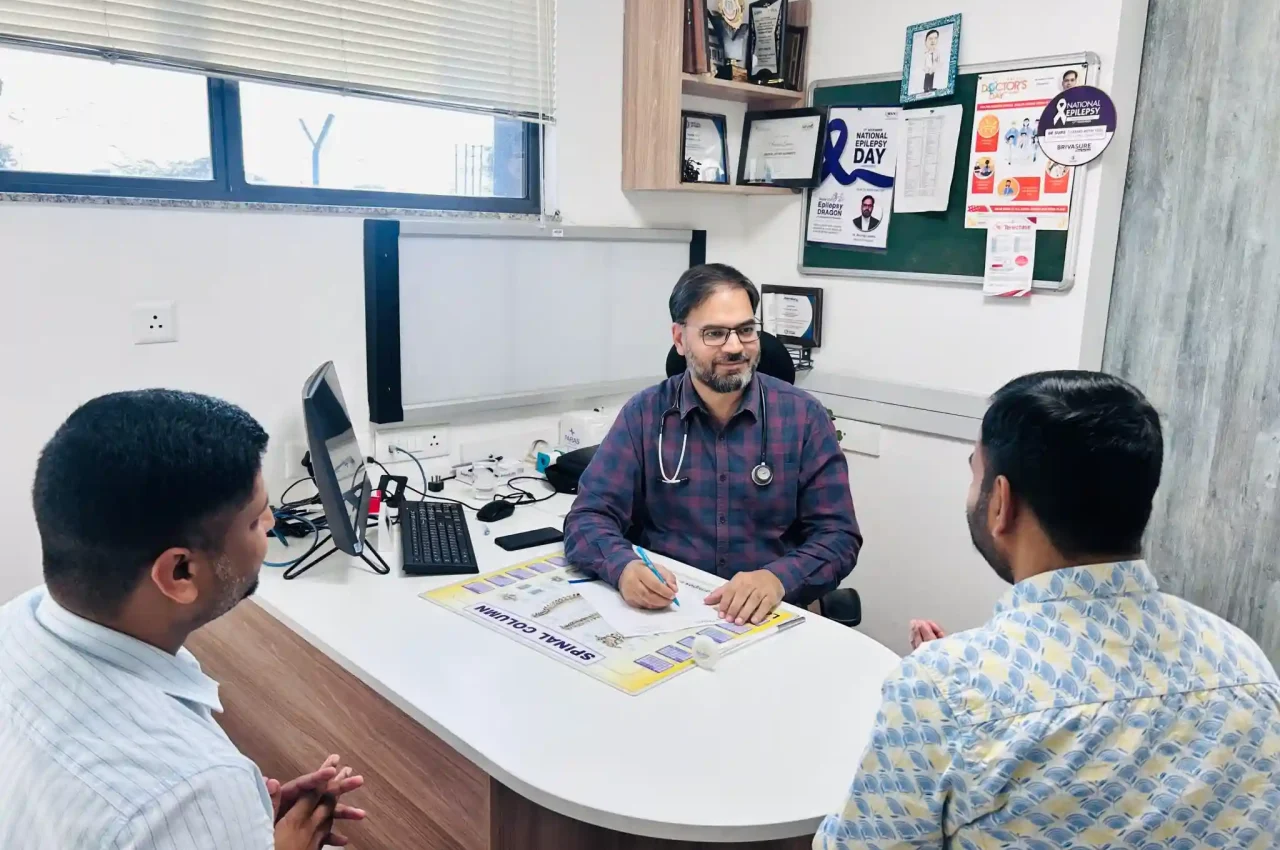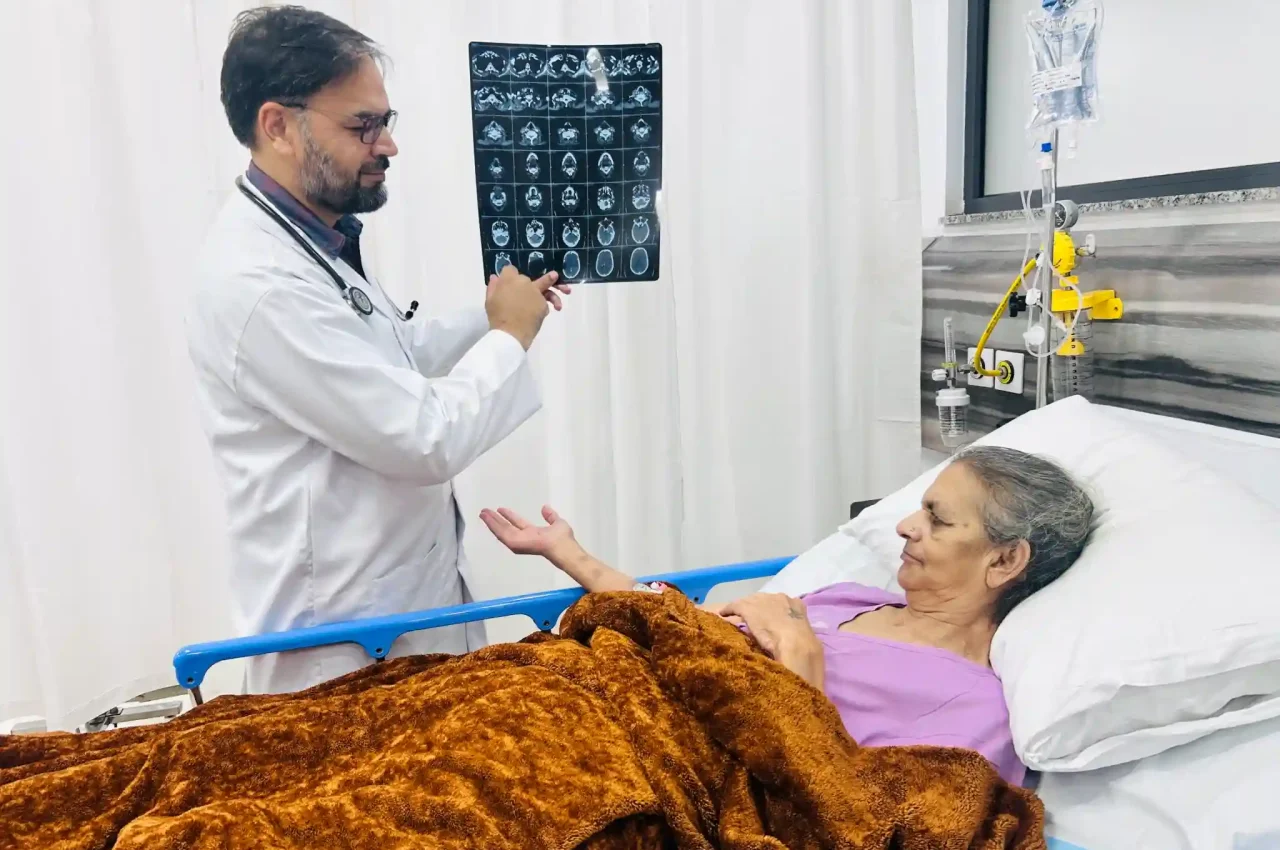When Pain in the Neck or Back Means More Than Just Muscle Strain
Almost everyone experiences neck or back pain at some point. But when is it something serious—like a nerve issue, disc problem, or spinal disorder? And how do you tell the difference between neck pain and back pain when symptoms overlap?
At Dr. Anurag Lamba’s Neurology & Spine Clinic in Panchkula, we help patients understand, diagnose, and treat spinal pain with precision. Here’s how to tell what’s really going on.
Neck Pain: Causes & Symptoms
Your cervical spine (neck) supports your head and allows movement. Pain can arise from:
- Poor posture (long phone/computer use)
- Cervical spondylosis (age-related disc degeneration)
- Muscle strain or tension
- Cervical disc herniation pressing on nerves
- Whiplash from sudden movement or injury
Common Symptoms:
- Pain that radiates to the shoulders or arms
- Numbness or tingling in fingers
- Stiff neck or reduced range of motion
- Headaches starting from the back of the head
💡 Related Read: Understand structural spinal issues in Neurosurgery 101: Common Brain & Spine Procedures Explained
Back Pain: Causes & Symptoms
The lumbar spine (lower back) bears the weight of your upper body. Pain may result from:
- Muscle strain due to improper lifting or sitting
- Herniated disc compressing nerves
- Sciatica (pain running down the leg)
- Spinal stenosis (narrowed spinal canal)
- Degenerative disc disease
Common Symptoms:
- Sharp pain in the lower back
- Pain radiating down one leg (sciatica)
- Numbness or weakness in legs or feet
- Trouble standing, walking, or bending
💡 Related Read: See Chronic Back Pain: When to Consider a Specialist in Panchkula for long-term management strategies
Key Differences: Neck Pain vs. Back Pain
| Feature | Neck Pain | Back Pain |
|---|---|---|
| Area Affected | Cervical spine (C1–C7) | Lumbar spine (L1–L5) |
| Radiating Pain | Shoulders, arms, hands | Legs, feet |
| Nerve Issues | Numbness in arms or fingers | Sciatica, leg weakness |
| Common Trigger | Poor posture, phone strain | Lifting injury, prolonged sitting |
| Other Symptoms | Headaches, neck stiffness | Hip pain, foot drop |
When to See a Neurologist
Consult a neurologist if you experience:
- Pain lasting more than 2–3 weeks
- Numbness, tingling, or weakness
- Loss of bladder/bowel control
- Balance problems or frequent falls
- Radiating pain that worsens with time
Dr. Lamba uses MRI scans, nerve conduction studies, and detailed neurological exams to diagnose the exact cause—be it a disc, nerve root, or spinal canal issue.
💡 Related Read: Need urgent care? Read Brain & Spine Injury: When to Seek Urgent Neurological Help
Treatment Options Available at Dr. Anurag Lamba’s Clinic
- Medications: Anti-inflammatory drugs, muscle relaxants, or nerve pain medications
- Physiotherapy: Postural training, cervical/lumbar traction, core strengthening
- Lifestyle Adjustments: Ergonomic changes, posture correction
- Injections: For inflammation or nerve root irritation
- Surgical Referrals: Only when conservative management fails
We believe in minimal intervention with maximum relief, using neurological precision to guide spine care.
Final Thoughts: Know the Difference, Get the Right Treatment
Don’t wait for your spine pain to “just go away.” Whether it’s neck pain from hours at a desk or back pain from a slipped disc, early diagnosis leads to faster relief and fewer complications.
📍 Clinic Location: Panchkula, Haryana
📞 Call Us: +91 9780355355
📅 Book an Appointment with Dr. Anurag Lamba
FAQ: Neck Pain vs. Back Pain
1. Can a neck issue cause symptoms in the hands?
Yes. Cervical disc problems can compress nerves going to the arms or fingers.
2. How do I know if it’s a nerve issue?
If you feel tingling, numbness, weakness, or radiating pain, it’s likely nerve-related—not just muscular.
3. Should I see an orthopaedic or a neurologist?
For nerve-related symptoms, balance issues, or radiating pain, a neurologist is the right specialist.
4. Can posture cause both neck and back pain?
Absolutely. Poor posture is one of the most common preventable causes of spine pain.
